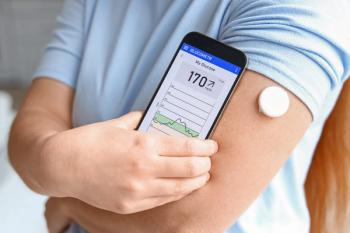
Shingrix Added to 2018 CDC Adult Immunization Schedule
The Advisory Committee on Immunization Practices now recommends use of Shingrix for adults aged 50 and over.
The CDC’s 2018
The first is the recommended use of Shingrix, a recombinant zoster vaccine (RZV) for adults aged 50 years or older.
ACIP gave a preferential recommendation to Shingrix because it was significantly more effective in clinical trials at preventing shingles in immunocompetent adults than the zoster vaccine live (ZVL) Zostavax. However, Zostavax may still be used in certain cases, such as if a person is allergic to Shingrix, prefers Zostavax, or requests immediate vaccination and Shingrix is unavailable.
The CDC recommends that two doses of Shingrix be administered two to six months apart in healthy adults aged 50 and over regardless of a past episode of herpes zoster or previous vaccination with Zostavax. Adults who have already had Zostavax should wait at least two months before being vaccinated with Shingrix. For adults aged 60 or older, either Shingrix or Zostavax may be administered, although Shingrix is preferred. ACIP recommendations regarding the use of Shingrix in immunocompromised adults are pending
Shingrix has shown an efficacy rate of over 90% in the prevention of shingles, but it also has a higher rate of initial side effects than other vaccines. “The most common reactions were pain or redness at the injection site,” Kathleen Dooling, MD, MPH, Medical Officer, Division of Viral Diseases at the CDC, tells Drug Topics. “Some people in the clinical trials experienced fever or muscle aches, and for 17% of people who got the vaccination those side effects were significant enough to prevent their daily activity for one or two days afterwards.” Dooling advises that healthcare providers counsel patients upfront about the greater potential for side effects with Shingrix.
The second change to the CDC’s Immunization Schedule for Adults for 2018 is the recommendation of an additional dose of measles, mumps, and rubella (MMR) vaccine for people who are identified by public health authorities as being a part of a group or population at risk for acquiring mumps during an
“Adults without evidence of immunity to mumps (defined as birth before 1957, documentation of receipt of MMR, or laboratory evidence of immunity or disease) are routinely recommended to receive one dose of MMR for mumps prevention,” notes the CDC. “However, students in postsecondary educational institutions,
The complete updated Recommended Immunization Schedule for Adults is available in chart form
Newsletter
Pharmacy practice is always changing. Stay ahead of the curve with the Drug Topics newsletter and get the latest drug information, industry trends, and patient care tips.




































































































































